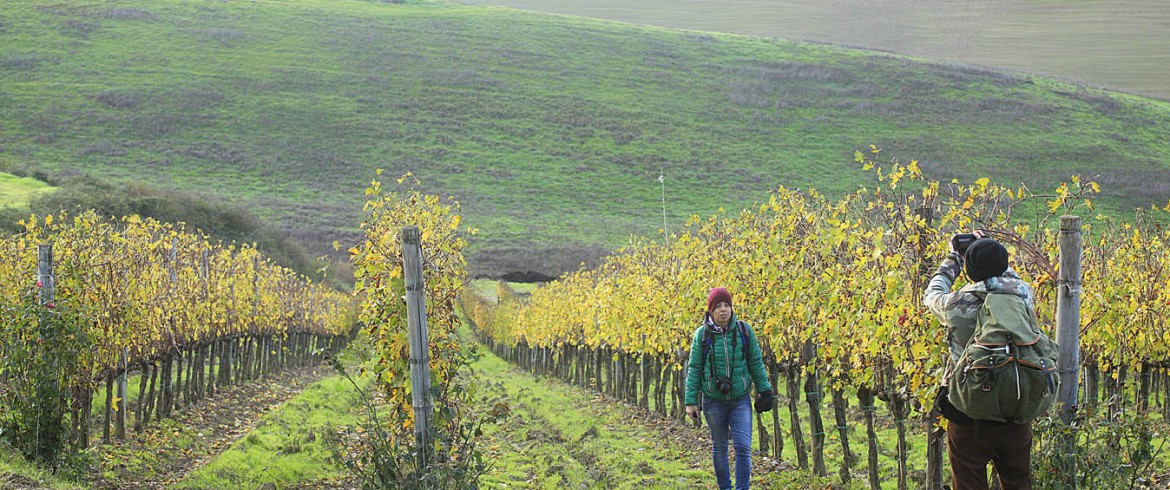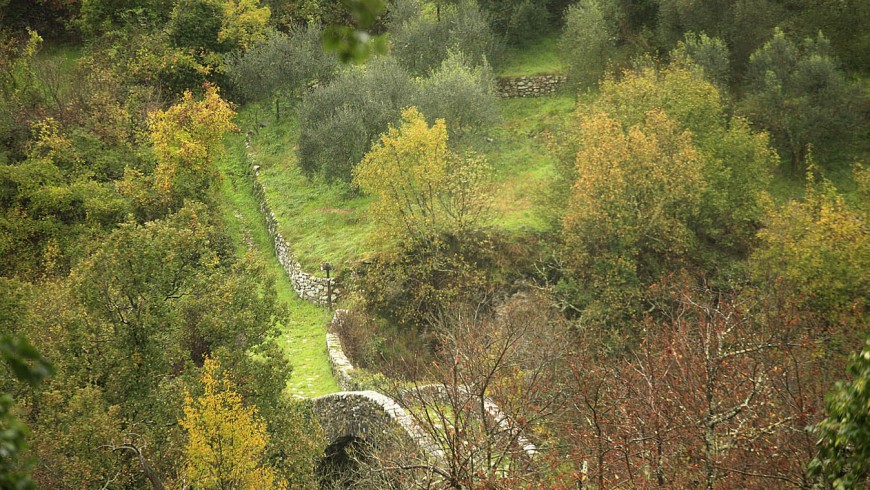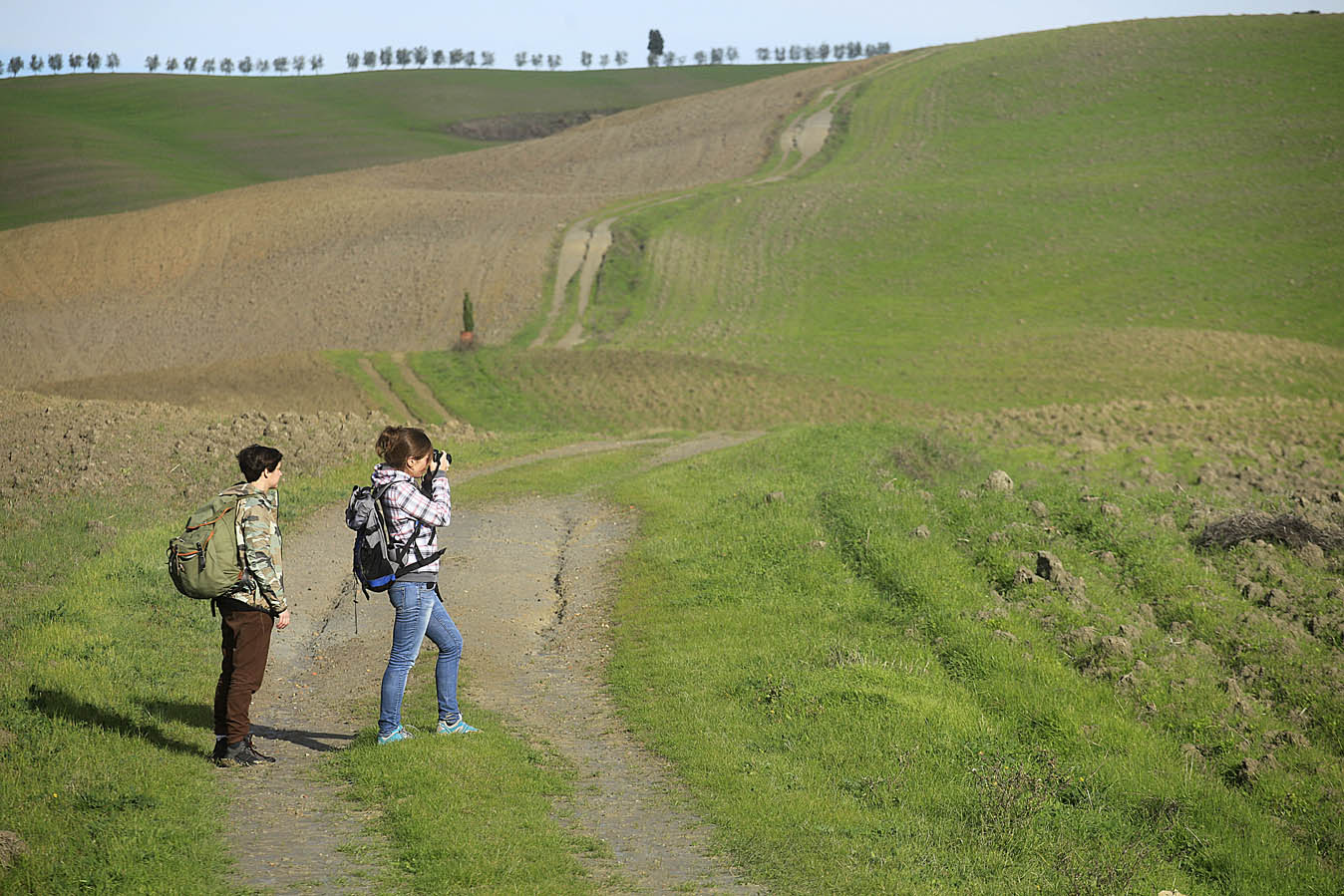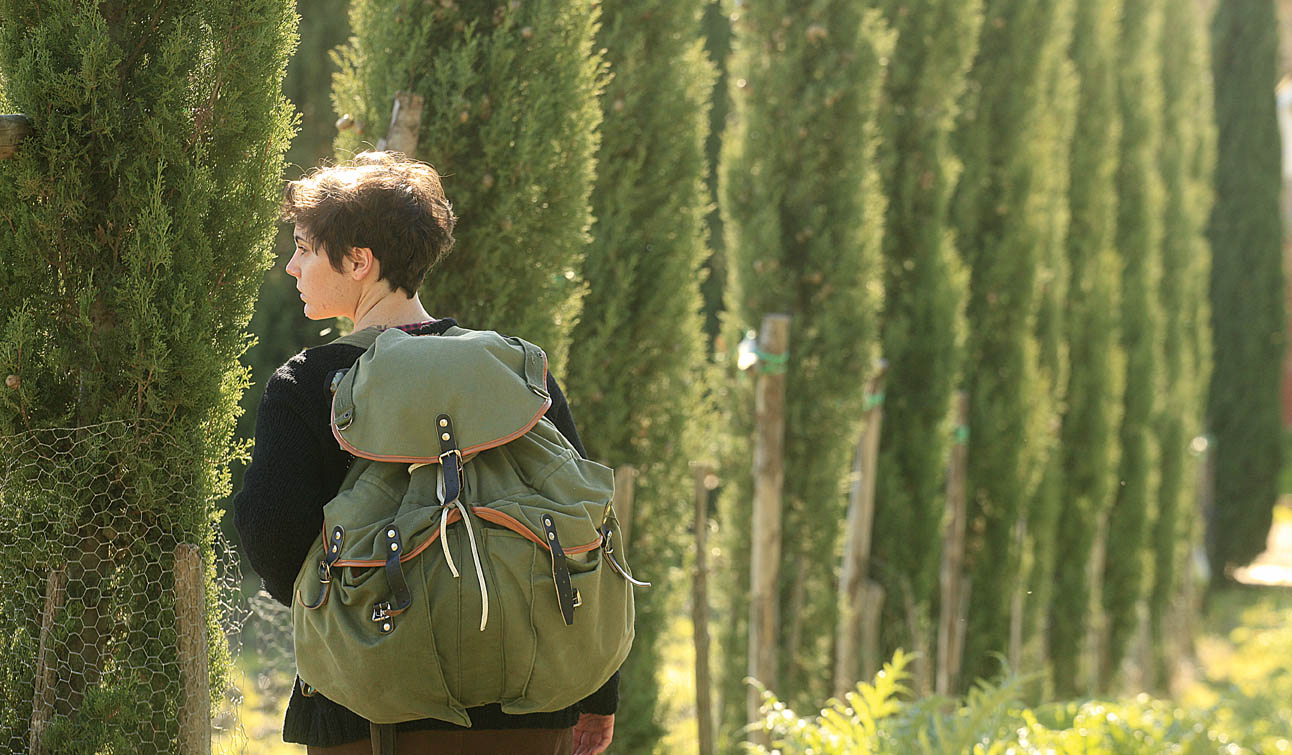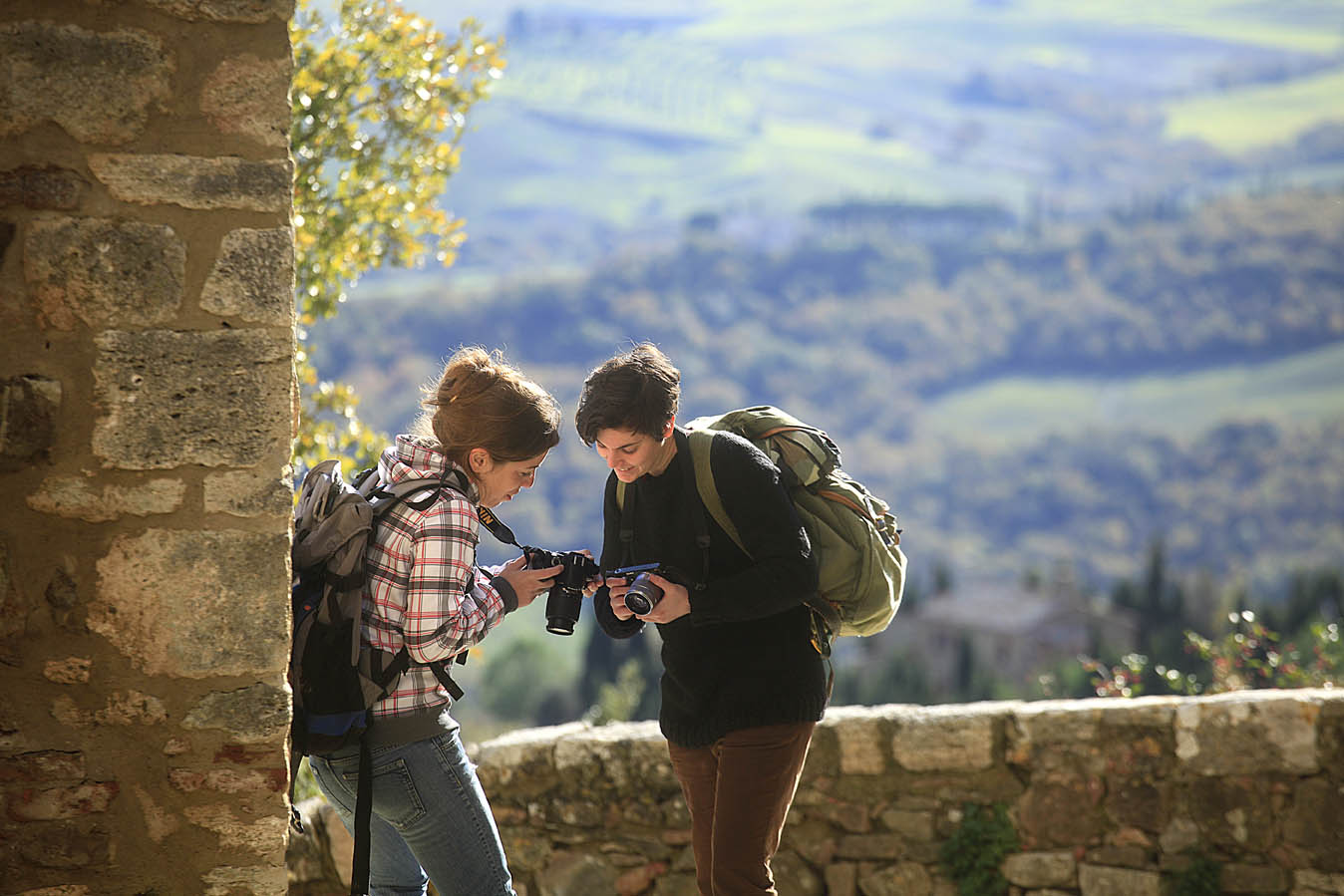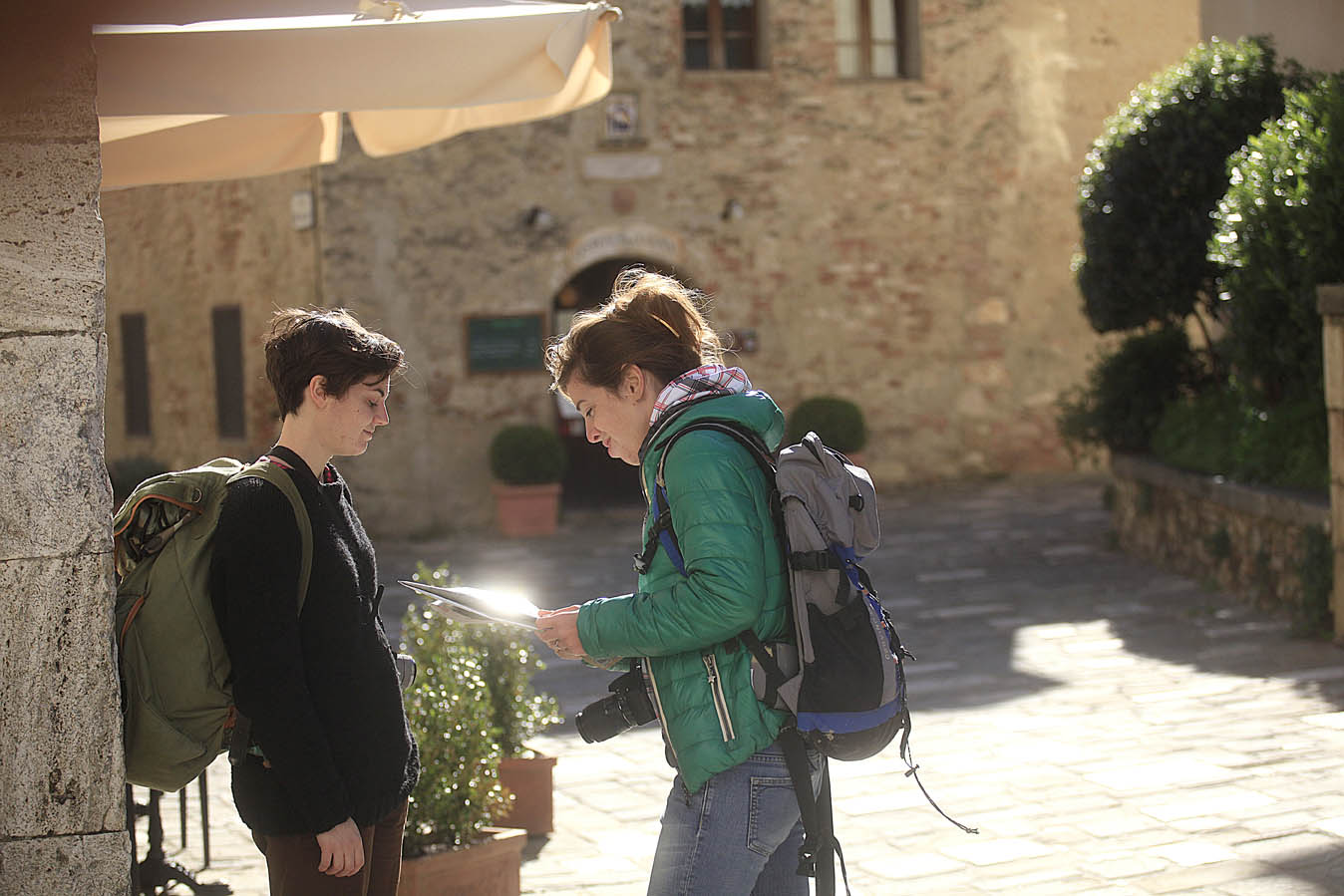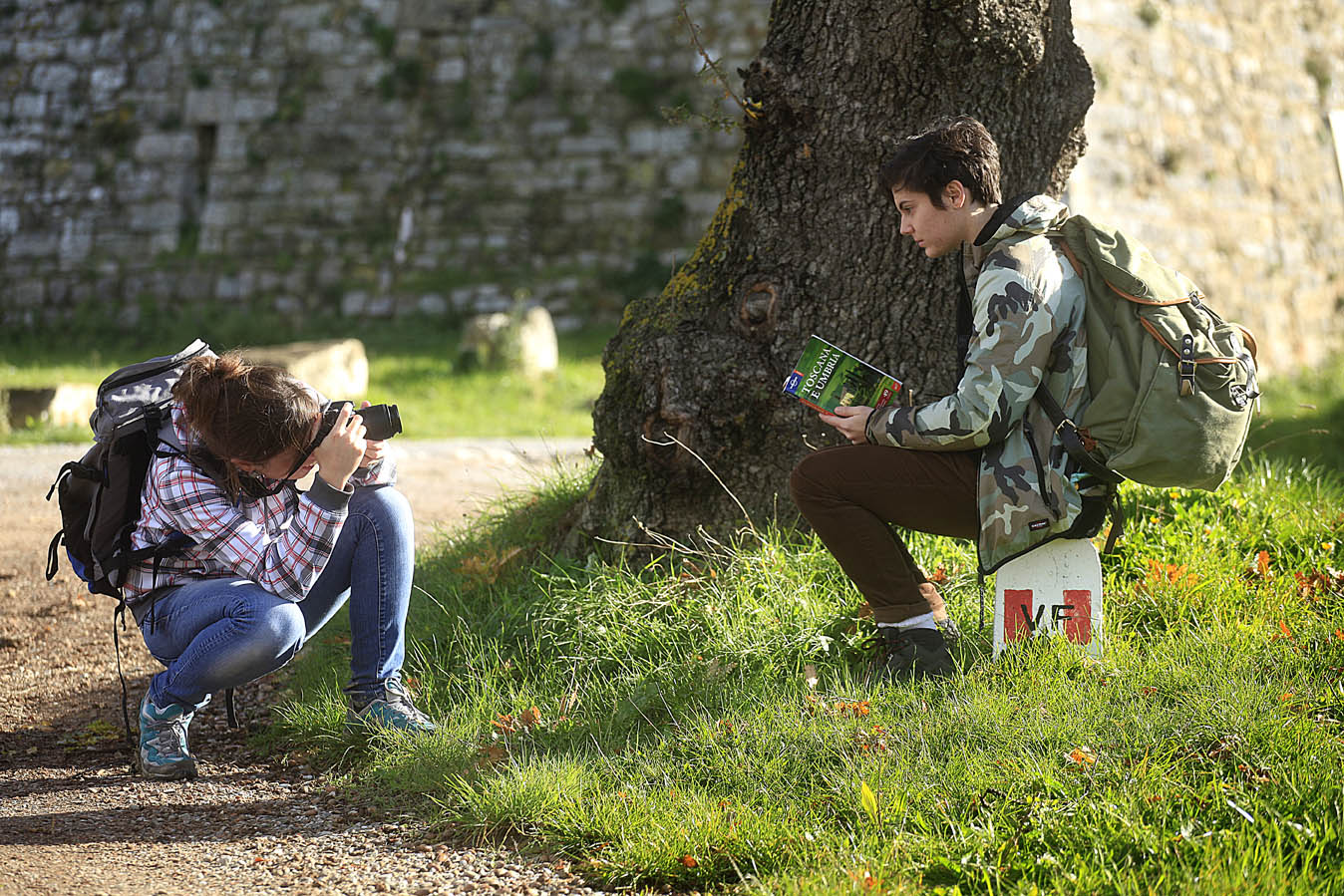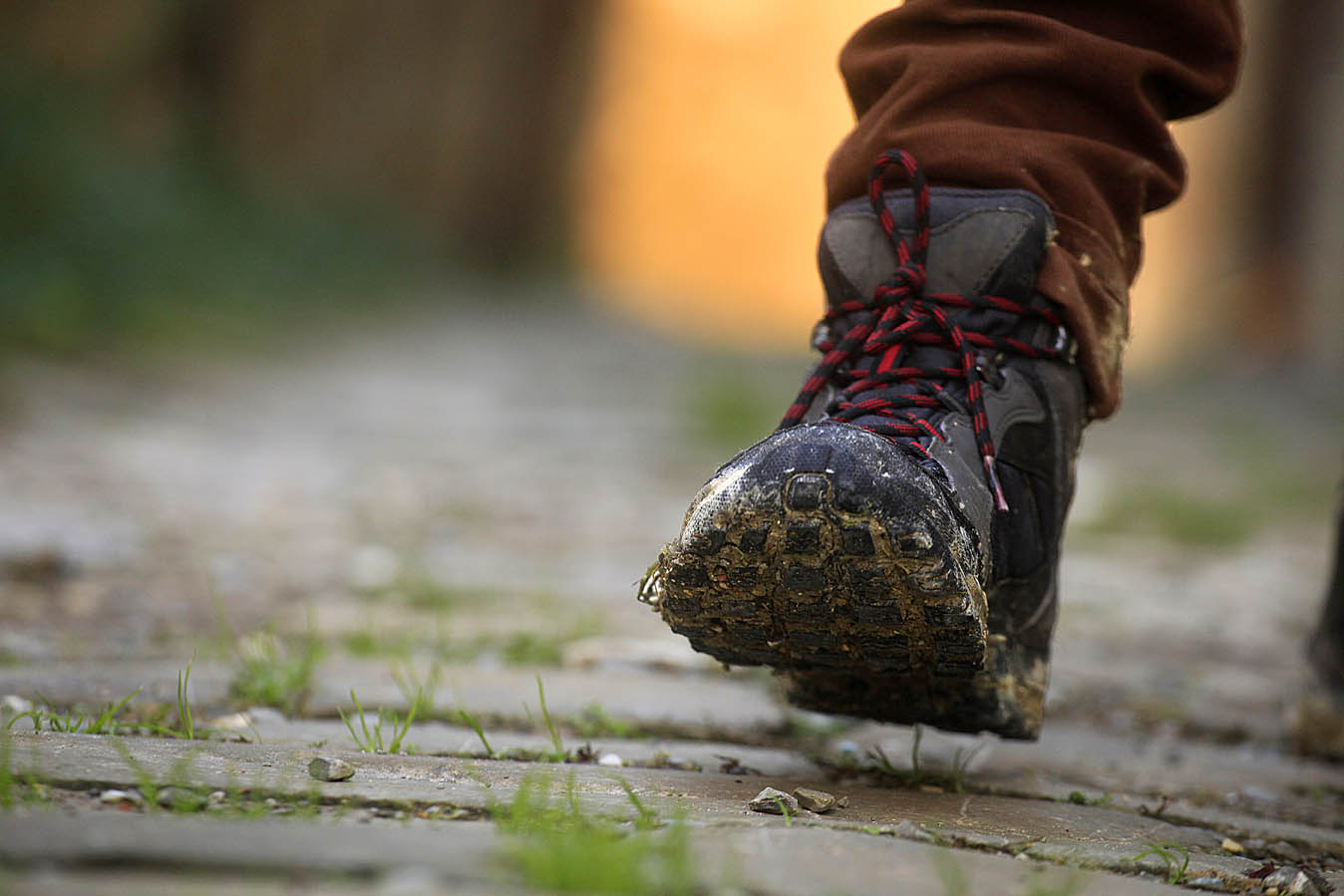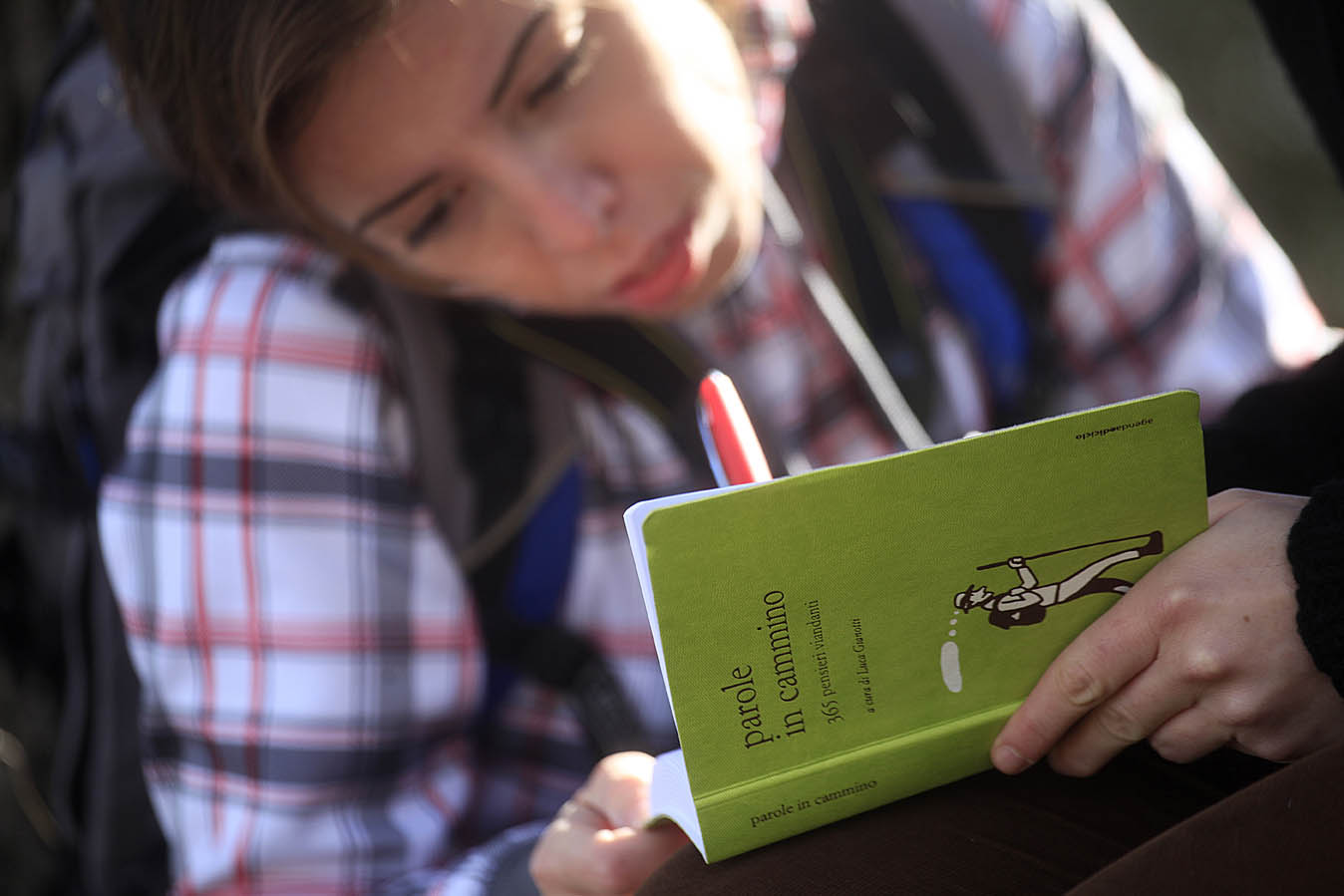“Pilgrim is the one who seeks, accepting the risk of finding. Because finding means to be more than yo had ever been before. It’s about changing. It’s about dying. To be born again” ( David Gandini)
Walking, Hiking, Backpacking, Trekking, are all the same, but in Italy it is tought that Via Francigena is the ideal path, from Canterbury to Rome, that accompanied the pilgrims, looking for the lost Celestial Fatherland, in religious terms. The pilgrim is confused with the observant, losing the secular and universal significance of changing by travelling.
Let us propose you a different vanishing point, a new perspective, a little way forward to find yourselves and get rid of weight, alone or not. Sharing moments of travel and life with a diary or chasing the fire of sunrises and sunsets that our wonderful Italy can offer.
We will walk together along the pavements and paths that Via Francigena offers to the foot of tourists, the slow ones. Get the right boots, bag, gear and you will enjoy the great outdoors a lot, lot more.
Why a walking trip
Walking along the paths is an heroic way of travelling. Who walks in nature in general has the impression of finding his own time, his own space, and realizes better than others what kind of price we are paying to modernity and comfort.
Another curiosity of the journey on foot is its gratuity. Walking costs nothing and over the centuries it has established the habit of providing shelter and food to travelers in exchange of news and knowledge. A modern reinterpretation of the myth of oral transmission of knowledge. Today, the advent of mass media has internalized in our minds the false impression that we do not need oral transmission any more. But the life stories of a walker wandering can open up worlds and images to us. It can help us to remember the deeper meaning of Hospitality .
Walking with no money and bags is the real zero impact way of travelling!
Find out Via Francigena in Lunigiana, Liguria
You can start your walking trip from the beautiful Liguria. The village Groppo Dalosio is located in Valdantena, along the ancient route of the Via Francigena, just below the village you can walk through a medieval stone bridge of a single arch, one of the main attractions of the route in Lunigiana. From here you can begin to walk, maybe leaving the car in the surrounding area, bypassing the stage of Berceto and walking for hours through historical and spiritual suggestions.
The descent between Liguria and Tuscany is accompanied by olive and cypress trees, the landscape turns to mellow and you can stop to admire the church of Sorano and the Abbey of San Caprasio, Bibola castle and the church of Sant’Andrea in Sarzana.
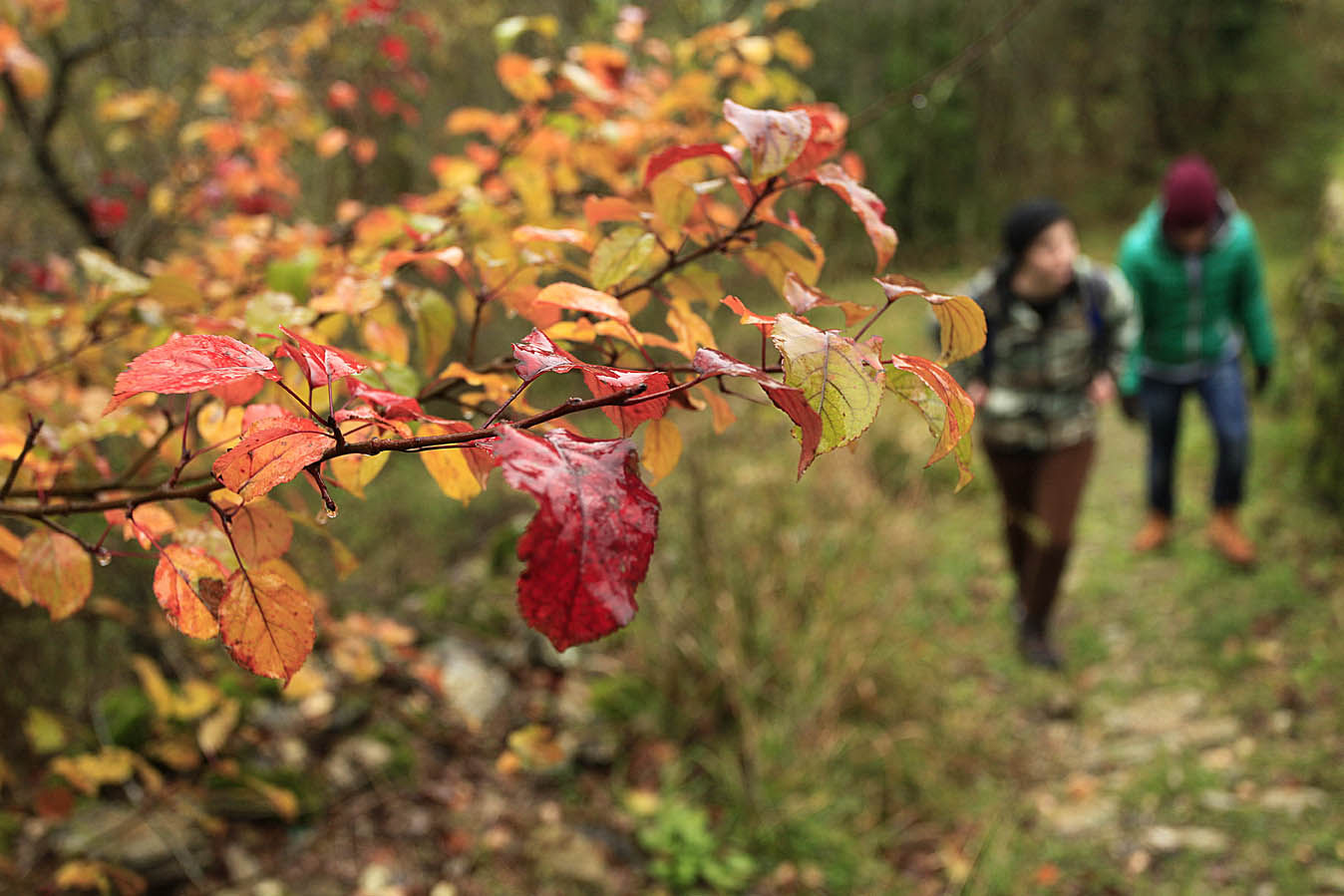
Via Francigena and Tuscany: keep on walking
The Via Francigena goes on relentless and runs between rows of cypress trees. We are going to arrive to the beautiful Terre di Siena, through a route considered one of the most scenic and beautiful of the whole Francigena.
San Gimignano stands outside the hills with its towers and its fairy-tale silhouette. As in the Middle Ages, the red – ocher of the earth of Siena accompanies the paths that lead into the Elsa Valley, with its splendid Romanesque Coneo Badia, Colle Val d’Elsa and Monteriggioni, a beautiful medieval town surrounded by impressive and intact city walls.
The Val d’ Arbia shows the rolling hills of the Crete Senesi, we are beginning to write the history of the Via Francigena: buildings born in road service such as hotels and hospitals, churches, abbeys and canonical, fortified structures such as the granary of Cuna, once deposit of tailings to the hospital of Santa Maria della Scala in Siena. Buonconvento with its beautiful historical center, located in the heart of the Crete welcomes visitors with a warm embrace. The road continues in Val d’Orcia, soft green grass dunes Cottony hills that run slow, in ethereal space. The feet will find comfort at the Farm Grossola, beautiful stone farmhouse in Castiglione d’ Orcia. We can move in the direction of Bagno Vignoni, a true pearl.
The road still goes on, in pursuit of the lure of Grosseto, winking to the Maremma, from the top of the ridges, along the Via Cassia, passing by the Posts, old hospital and station quoted by Sigerico as Abricula. Crossing Formone, you can climb up the ridge on a paved road, passing through the hamlets Le Conie, up to Radicofani.
We will reach Radicofani, along the old Cassia, that is one of the most beautiful and exciting village of the entire Via Francigena: the hills all around the eye and the Monte Amiata, behind the fortress.
From Radicofani the road descends into the valley of the River Line to join the old route of the Via Francigena, the height of the bridge near the confluence with the river Paglia.
Once in Ponte a Rigo runs a few miles of asphalt before entering in Lazio, and follow a dirt road that offers beautiful views over the Val di Paglia, until Proceno.
From pilgrimage to contemporary tourism
The journey, as well as physical movement, it is also the process of change of mind. Some have argued that it is only a means to get closer to a truth that is already within us. Obviously some forms of travel lend themselves more than others in shaping the individual.
The pilgrimage has always been considered the ” soul travel “, nevertheless this form of sacred journey is subject to change over time, so much veroche today is also considered as a form of cultural tourism. This is exactly what we wanted to tell you about tourism in these few lines: fatigue, frequent loneliness, wounds, sleep on the floor are just a part of a new world, also made up of hardships, that in everyday life we try to avoid .
Walking, then , to discover how slowly the world in its totality through its intimate interiority; rediscover the profound meaning of human relationships, recreating a sense of community often stifled by the commitments, requirements and the speed of daily life.
